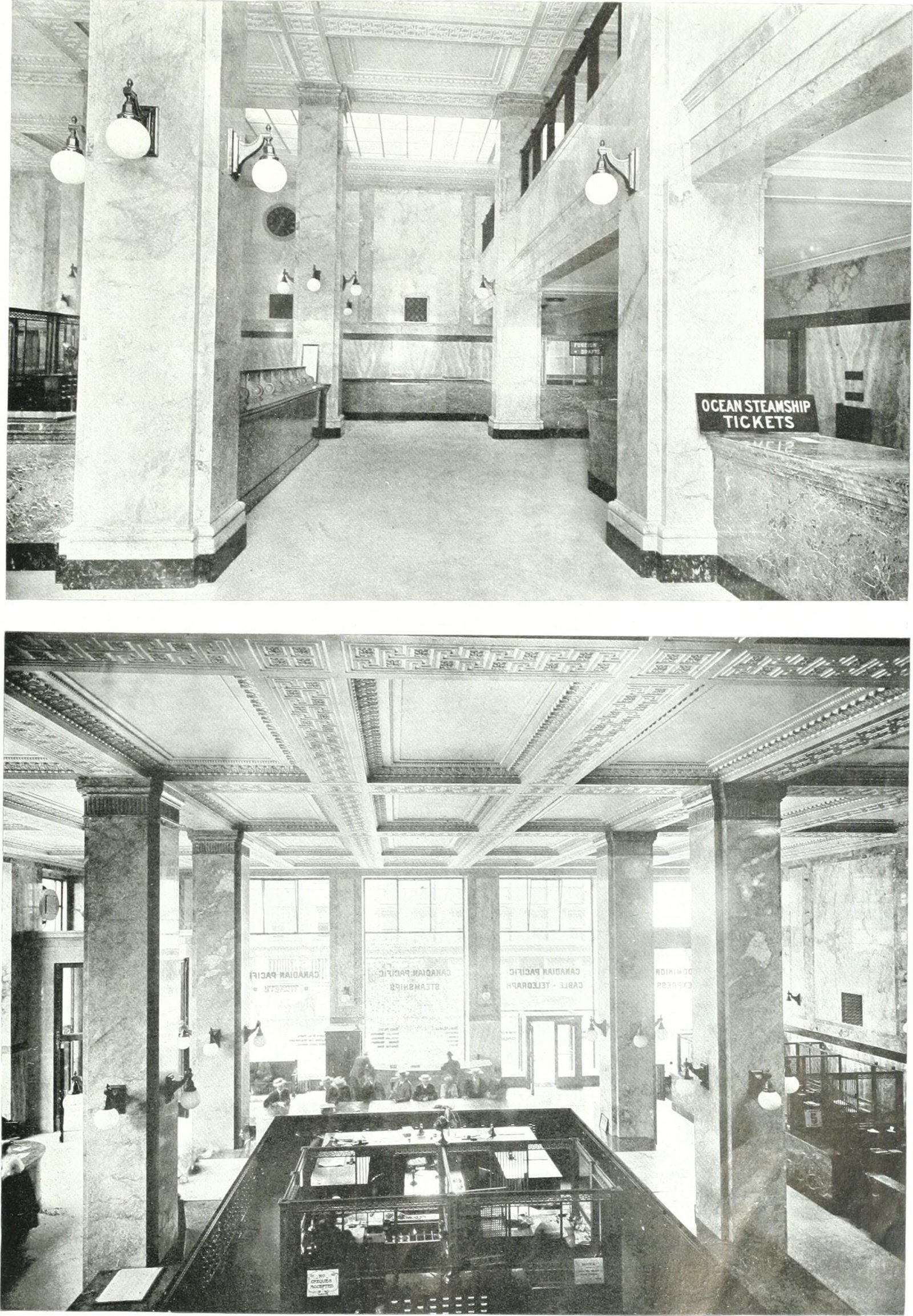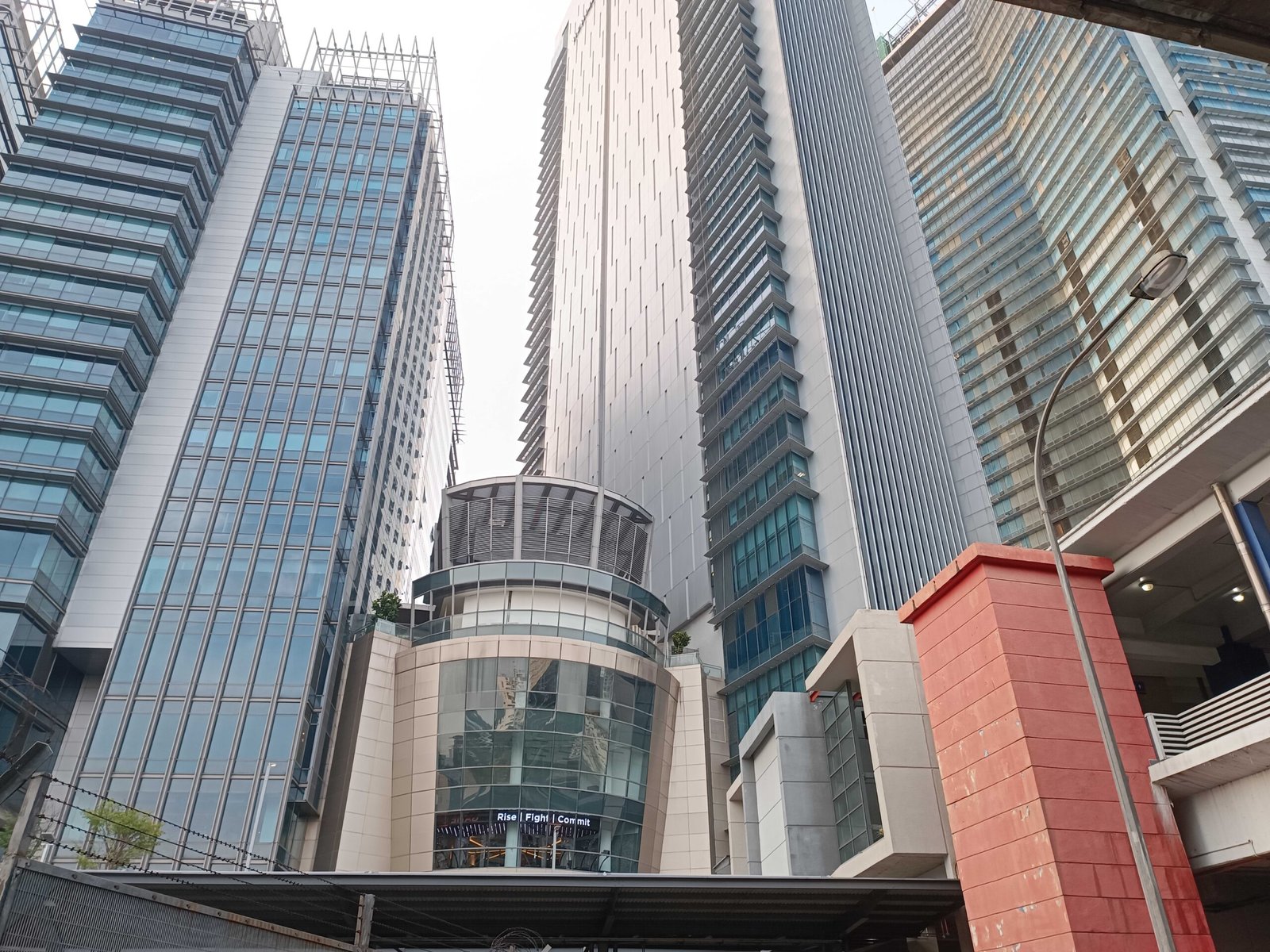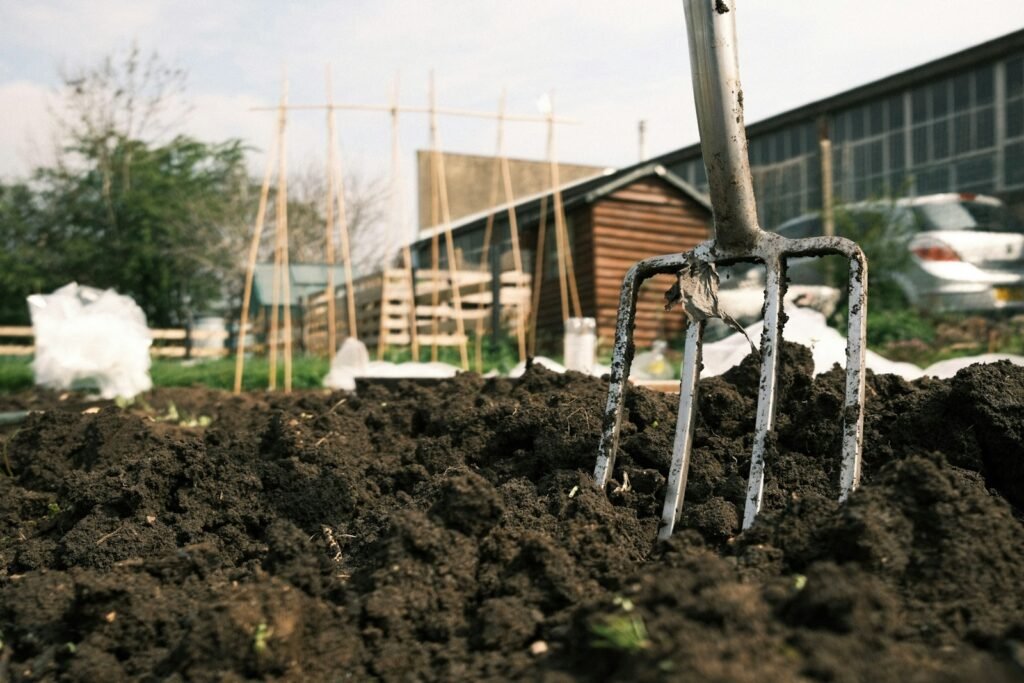Imagine walking through a bustling city, the air crisp and clean, despite the traffic and industry around you. This isn’t a scene from a futuristic movie; it’s becoming a reality in cities around the world, thanks to air-purifying concrete. As urban areas grow and pollution becomes an ever-pressing concern, innovative solutions like this are not just desirable—they’re necessary. But what is air-purifying concrete, and how is it changing the landscape of urban living? Let’s delve into this remarkable innovation and explore how it’s being implemented in various cities across the globe.
What is Air-Purifying Concrete?
Air-purifying concrete is a marvel of modern engineering, designed to reduce pollution in urban environments. Unlike traditional concrete, this material contains a special type of cement that can neutralize pollutants in the air. How does it work? It’s all about chemistry. The secret lies in a photocatalytic process, where the concrete contains titanium dioxide, a compound that reacts with sunlight. When sunlight hits the surface, it triggers a reaction that breaks down harmful substances like nitrogen oxides into harmless compounds. This process helps clear the air, almost like planting trees in the middle of a concrete jungle.
The Science Behind Air-Purifying Concrete
The science behind air-purifying concrete is as fascinating as it is effective. Titanium dioxide, the magic ingredient, is a photocatalyst. This means it speeds up reactions when exposed to light, without being consumed in the process. When pollutants in the air come into contact with the concrete surface, the titanium dioxide helps convert them into less harmful substances, such as nitrates. These harmless by-products are then washed away by rain, leaving the air cleaner. This process mimics natural air purification methods, like how plants use photosynthesis to clean the air, making it an environmentally friendly solution.
Rome: A Pioneer in Pollution Reduction
Rome, known for its ancient history and vibrant culture, is also a pioneer in using air-purifying concrete. In recent years, the city has taken steps to incorporate this technology into its infrastructure. Several roads and buildings in Rome now feature this innovative material, helping to combat the city’s notorious air pollution. This initiative is part of a broader effort to preserve Rome’s architectural heritage while ensuring a healthier environment for its residents. The results have been promising, with noticeable improvements in air quality in areas where the concrete has been used.
The Netherlands: A Leader in Green Infrastructure
The Netherlands, a country renowned for its commitment to sustainability, has also embraced air-purifying concrete. In cities like Eindhoven, this technology is being used in pavements and public spaces. The Dutch are no strangers to innovative environmental solutions, and this is just another step in their quest for greener cities. The use of air-purifying concrete aligns with the Netherlands’ ambitious climate goals, which include reducing air pollution and promoting clean energy. By integrating this technology into urban planning, the Netherlands is setting a standard for other countries to follow.
Mexico City’s Quest for Clean Air

Mexico City, one of the most polluted cities in the world, has also turned to air-purifying concrete as part of its strategy to improve air quality. The city has implemented this technology in various infrastructure projects, including the construction of a massive air-purifying wall. This wall, known as the “Vertical Garden,” not only cleans the air but also adds a touch of greenery to the urban landscape. These efforts are vital for improving public health and enhancing the quality of life for the city’s millions of residents.
Tokyo’s Urban Innovation
In Tokyo, a city known for its cutting-edge technology, air-purifying concrete is being used to tackle air pollution. The city has incorporated this material into pavements and sidewalks, particularly in busy areas with high traffic. Tokyo’s commitment to innovation and sustainability is evident in its use of air-purifying concrete, which not only improves air quality but also contributes to the city’s aesthetic appeal. By adopting this technology, Tokyo is demonstrating how urban centers can balance growth with environmental responsibility.
Benefits Beyond Air Quality
While the primary goal of air-purifying concrete is to improve air quality, the benefits extend beyond that. This technology can also help reduce the urban heat island effect, a phenomenon where cities become significantly warmer than their rural surroundings. The reflective properties of titanium dioxide help to keep surfaces cooler, reducing the need for air conditioning and lowering energy consumption. Additionally, the use of this concrete can enhance the durability of buildings and roads, making it a cost-effective choice for urban planners.
Challenges in Implementation
Despite its benefits, the implementation of air-purifying concrete is not without challenges. The cost of production is higher than that of traditional concrete, which can be a barrier for some cities. Moreover, the effectiveness of the concrete depends on factors such as sunlight exposure and maintenance. Regular cleaning is required to ensure that the photocatalytic process remains efficient. Nonetheless, as technology advances and production costs decrease, the adoption of air-purifying concrete is likely to become more widespread.
The Future of Urban Air Quality

The potential of air-purifying concrete to transform urban air quality is immense. As more cities recognize the importance of sustainable development, this technology is expected to play a crucial role in creating cleaner, healthier environments. The integration of air-purifying concrete into urban infrastructure is a testament to human ingenuity and our ability to adapt to environmental challenges. With continued research and investment, the future of urban air quality looks promising.
Conclusion: A Breath of Fresh Air
Air-purifying concrete is a groundbreaking innovation that offers a breath of fresh air to cities struggling with pollution. By harnessing the power of chemistry and technology, this material provides a practical solution to a pressing global issue. As cities continue to grow and evolve, the adoption of air-purifying concrete represents a step towards a more sustainable and healthier future. Could this be the key to unlocking cleaner urban air worldwide?



